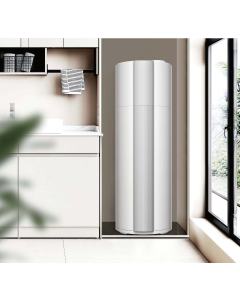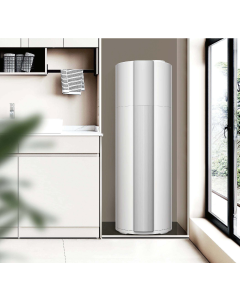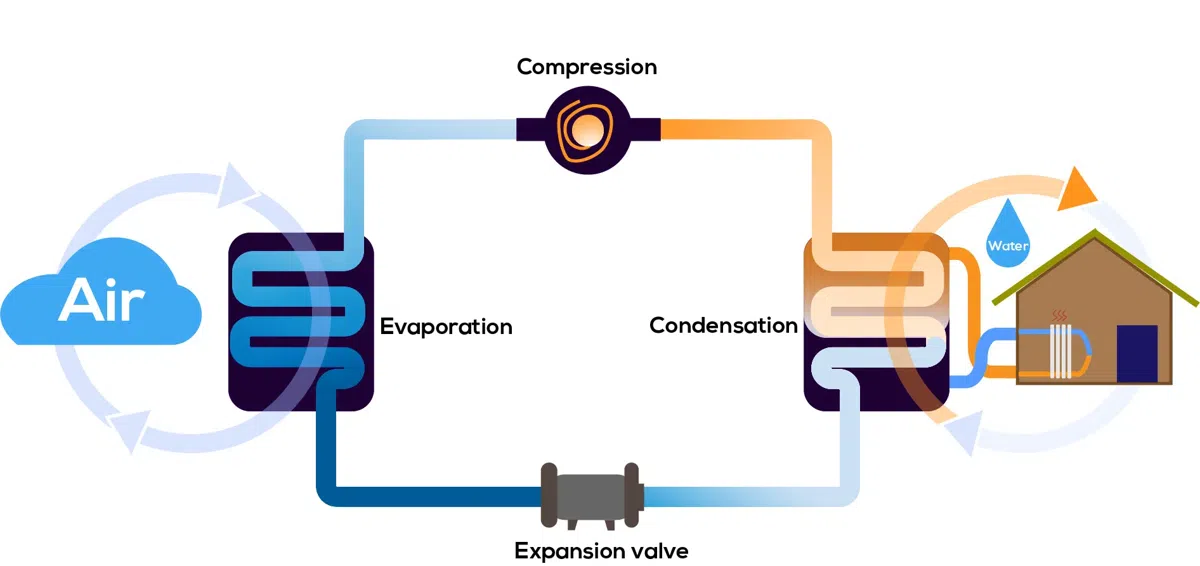We use cookies to make your experience better. To comply with the new e-Privacy directive, we need to ask for your consent to set the cookies. Learn more.
Premium solar, ventilation and airtight systems for sustainable living. Contact us on 061 533 996

 Safe & Secure Shopping
Safe & Secure Shopping Fast and Reliable Delivery
Fast and Reliable Delivery Excellent Friendly Services
Excellent Friendly Services



